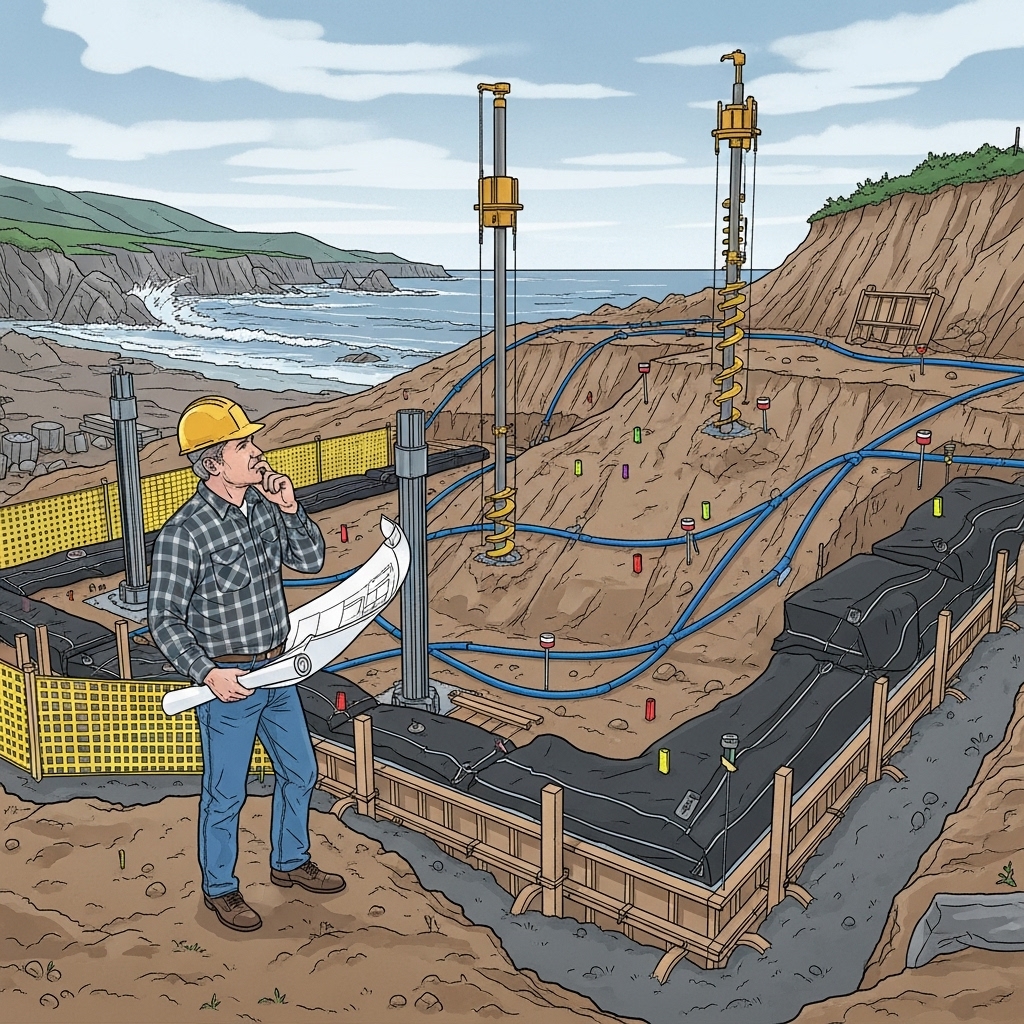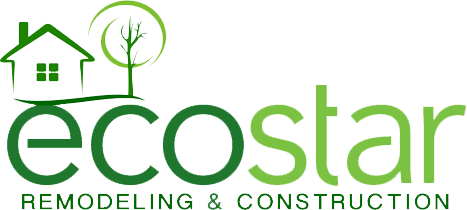
From Temescal Canyon to the Riviera, building or renovating a home in Pacific Palisades invites you into a landscape that is both stunning and technically demanding. People are drawn here by the vistas, the quiet canyons, and the rhythm of the ocean, yet those same qualities present distinct challenges when it comes to construction. The good news is that the challenges are predictable to experienced teams, and when you bring on seasoned home builders, the solutions are well-practiced, elegant, and grounded in local know-how.
The first category of issues appears underfoot. Hillside lots are common, and even relatively flat parcels often carry complex soils shaped by geologic time and seasonal water movement. A builder who regularly works in the Palisades begins by coordinating a comprehensive geotechnical study. That data becomes the basis for foundation design, retaining strategies, and drainage plans. Without it, you risk differential settlement, cracked slabs, or hydrostatic pressure that can turn a basement into a sump. With it, the team can deploy caissons, grade beams, or mat foundations as needed, and install subdrains and waterproofing that keep moisture moving away from the structure rather than toward it.
Drainage is the evergreen topic here. Our rains can be gentle for months and then intense in a single system, which makes poorly managed water a threat to both structures and landscapes. Skilled builders see the site as a network of flows. They shape the grade to direct water to safe outlets, design rooflines and gutter systems to avoid overloads, and coordinate with landscapers on bioswales, permeable paths, and subsurface drains. They also protect during construction—covering stockpiles, stabilizing slopes, and keeping sediment out of the street—so storms don’t set the schedule back or cause neighborhood issues.
Coastal air is beautiful and corrosive. Salt accelerates oxidation on unprotected metal and can compromise poorly selected exterior hardware within a season. Builders experienced with the maritime edge choose the right fasteners, hinges, railings, and latches, and they pair them with flashing and membranes that resist the sneaky kind of leaks driven by wind and mist. They also factor in maintenance access because even the best materials need periodic care in this environment. A clean route to refinish wood, service windows, or replace gaskets means those tasks actually get done.
Wildfire risk is another reality, particularly in the wildland-urban interface near canyons. Builders lead the conversation on ember resistance, non-combustible claddings, and defensible landscapes. They specify vent screens that block ember intrusion, plan for sealed eaves, and advise on glazing that performs under heat exposure. These details do not have to make a home look fortified; handled well, they become invisible guardians that preserve the aesthetic while increasing safety and resilience.
Seismic performance sits quietly behind everything. Even owners who don’t think much about earthquakes during design want the reassurance that comes from robust connections and well-detailed shear walls. Builders solve those issues by enforcing precision. Anchor bolts are placed exactly, nailing patterns are verified, hold-downs are aligned, and the sequencing of inspections ensures there’s no rush at the moment of critical reviews. The difference between an adequate build and a confident one is often measured in inches and the discipline to treat structure like the crown jewel it is.
Permitting in the Palisades can feel like threading a needle. Coastal adjacency triggers additional oversight; hillside conditions invite heightened scrutiny; and neighborhood sensitivities require thoughtful outreach. Veteran builders manage this terrain by setting expectations early, assembling complete documentation, and staging submittals in the order that keeps momentum. They communicate with plan checkers, organize responses to comments, and maintain a clean paper trail so inspectors are seeing the same project story at every visit.
Access and staging are practical issues that derail projects when ignored. Many Palisades streets were not designed for heavy construction traffic, and some properties have limited areas for material storage. Experienced builders plan deliveries around school hours, coordinate with neighbors on temporary parking, and use just-in-time strategies to avoid clutter. They create logistics plans so demolition debris leaves the site efficiently and new materials arrive precisely when crews are ready to install them.
In renovations, surprise conditions are the norm. Mismatched framing, outdated electrical, and aging plumbing all surface once walls are opened. Builders solve these surprises with discipline: they establish investigation phases early, open surgical probes in key locations before finalizing bids, and build in checkpoints to validate assumptions. When something unexpected appears, they adjust scope with documented changes and protect the downstream schedule by notifying the right trades immediately.
Moisture management inside the building envelope is a constant theme. The Palisades sees fog, wind, and sun in quick succession, and that means assemblies must be both tight and breathable. Builders solve this with thoughtful layers—weather barriers that resist wind-driven rain but allow vapor diffusion, careful flashing at every penetration, and air sealing that eliminates drafts without trapping moisture. The result is a home that feels calm and consistent inside, no matter what the ocean sends our way.
Glazing is both the joy and the challenge of coastal homes. Large doors and windows bring in light and views but also invite water and wind if not installed with rigor. Experienced teams work closely with manufacturers, follow installation manuals to the letter, and build mockups for complex conditions. They integrate sill pans, back dams, and pre-stripped flashing tapes so water has nowhere to hide. And they protect these systems during construction, because even a small ding can turn into a leak months later.
Acoustics demand attention in a neighborhood where the soundtrack changes from waves to canyon breezes to weekend gatherings. Builders address noise through wall assemblies, insulated interior partitions, resilient channels where appropriate, and careful placement of equipment. They coordinate with mechanical contractors to isolate vibration and ensure that bedrooms and home offices enjoy quiet even when the rest of the house is lively.
Energy performance and comfort are front-line issues solved through the synergy of envelope and systems. Builders who are fluent with Title 24 requirements integrate air sealing, insulation, and window performance with mechanical strategies like heat pumps and balanced ventilation. They commission these systems, verifying airflow and controls so the home operates as intended. They also design for maintainability—filter access, clear service paths, and well-labeled panels—so owners actually keep systems in peak condition.
Midway through a build, coordination can become the main challenge as dozens of decisions converge. This is where strong project management from experienced home builders becomes the solution to nearly every problem. They maintain a living schedule, hold regular site walks, and use mockups to finalize details before they become expensive changes. When trades overlap, they choreograph the sequence so each team has what they need, when they need it, and no one is stepping on the other’s toes.
Exterior decks and balconies bring their own set of issues. In our climate, waterproofing is non-negotiable and details matter. Builders select membranes compatible with finish materials, ensure proper slope to drains, and guard against penetrations that can lead to leaks. Handrails are detailed to shed water, and attachment points are sealed with redundant layers. The payoff is outdoor space that feels effortless to use and worry-free during winter storms.
Landscape and hardscape integration is another frequent challenge, particularly where driveways meet steep streets or garden walls anchor into slopes. Builders coordinate with civil and landscape teams so site drainage and structural elements feel like a cohesive system. They protect plantings during construction, route utilities intelligently, and plan lighting and irrigation infrastructure before paving goes down, avoiding the heartbreak of cutting into finished surfaces later.
Another solvable issue is the choreography of inspections. With multiple disciplines in play—framing, mechanical, electrical, plumbing, insulation, energy—timing is everything. Builders create inspection bundles so related items are reviewed together, saving trips and reducing the chance of rework. They also prepare the site for success, from clear access to posted plans, which sets a professional tone and helps inspectors do their jobs efficiently.
Finally, post-occupancy concerns become non-issues when they’re anticipated from day one. Builders set owners up with maintenance plans tailored to salt air, seasonal roof checks, and gutter cleaning. They provide records, manuals, and labeled shutoffs. When the first winter storm arrives, owners feel prepared rather than reactive because the home was built and handed over with coastal conditions in mind.
What are the most common site challenges in the Palisades?
Hillside soils, drainage, and access top the list. Each affects foundation design, waterproofing, and logistics. Experienced builders tackle them early with geotechnical studies, thoughtful grading, and delivery plans that respect narrow streets and neighbors.
How do builders prevent corrosion near the coast?
They specify stainless or coated metals, use high-quality flashing and membranes, and protect assemblies during construction. They also plan for maintenance so finishes and hardware can be serviced before minor wear becomes major damage.
What steps control interior moisture and drafts?
Air sealing, vapor-smart weather barriers, and properly installed insulation create a stable interior environment. Add balanced ventilation, and the result is a home that breathes well without inviting fog or wind inside.
How are wildfire concerns addressed without compromising design?
Builders integrate ember-resistant details—screened vents, sealed eaves, and non-combustible claddings—while collaborating with designers to keep the architecture light and open. The safety features disappear into the detailing rather than dictating the look.
Why is inspection choreography so important?
Inspections mark progress and unlock the next phase. Bundling related inspections, preparing the site, and aligning documentation helps avoid delays, keeps trades mobilized, and preserves schedule momentum.
What should I expect during renovation surprises?
Expect your builder to plan for them with early probes, contingency pathways, and fast communication. When issues emerge, the team adapts without losing control of quality or timing.
If your project is in Pacific Palisades and you want a team that solves problems before they appear, start a conversation with trusted home builders. With the right partner, challenges become opportunities to build smarter, stronger, and more beautifully.

